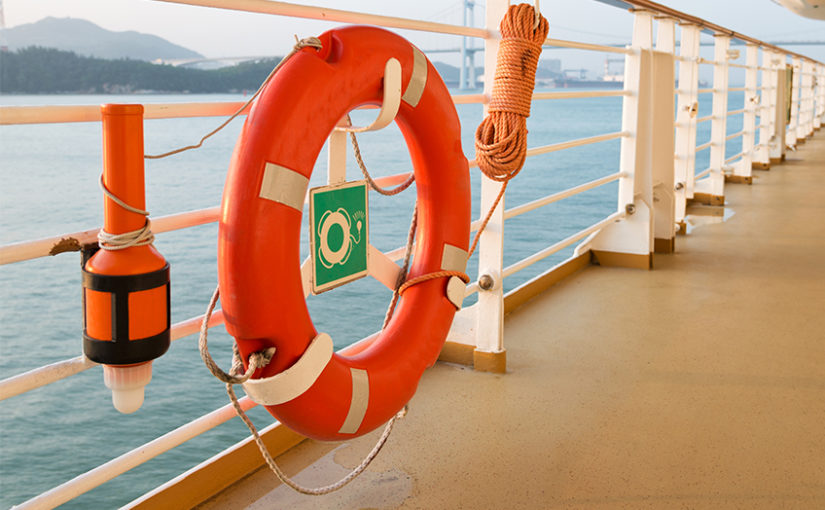Enhancing Safety Measures in Maritime Operations

August 28, 2022
Maritime operations are a vital component of global trade and transportation, facilitating the movement of goods and passengers across the world's oceans. However, this industry comes with inherent risks, including accidents, environmental damage, and human casualties. Therefore, enhancing safety measures in maritime operations is paramount to protect lives, safeguard the environment, and ensure the smooth functioning of global trade.


.png)